Houses for factory workers [ENG-PT/BR]
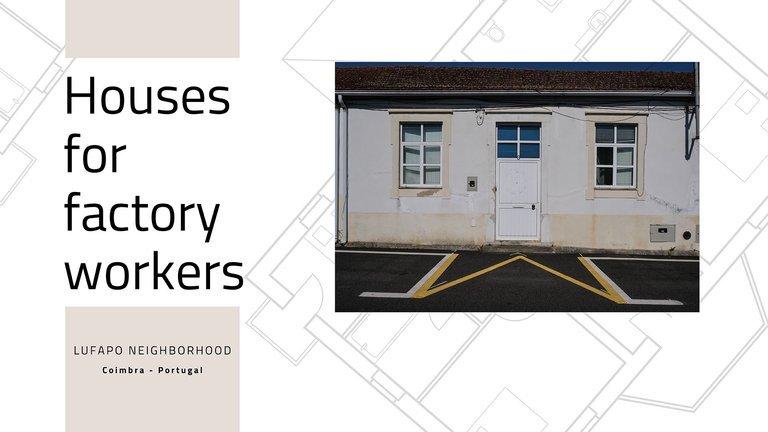
In the past, it was customary to build houses near factories as an attempt to respond to the housing problems arising from the demands of the Industrial Revolution.
These constructions took place at two different times: first, by factory owners who wanted to maintain control over the workers and built the houses themselves. Secondly, it was done by construction entrepreneurs who saw a chance of making a profit by building close to the factories.
Having workers living close to the factories saved businessmen the cost of transporting these workers - who now had their daily lives governed by the factory's whistle. It also justified the low pay of the workforce, since the rent was deducted from their paychecks. Another advantage for employers was the possibility of employing more than one family member.
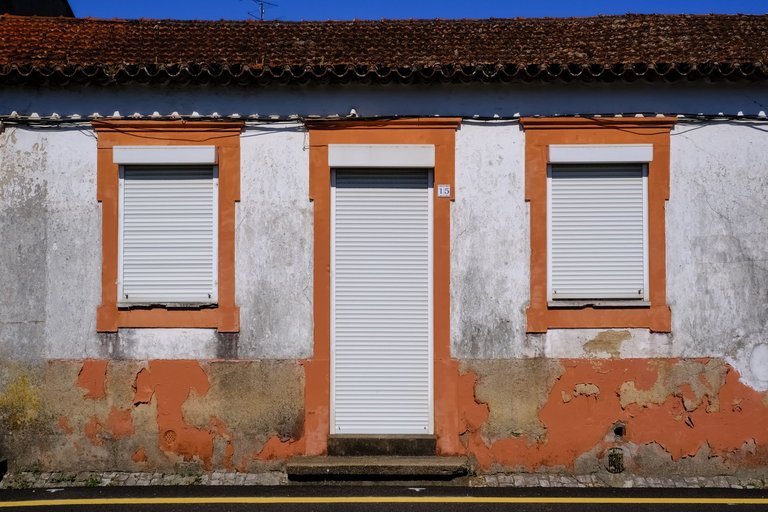
These houses that I'm presenting to you reflect this historical legacy. In this case, they are located in the LUFAPO neighborhood. Located next to one of the most charismatic suburbs of Coimbra (Portugal), Bairro do Loreto.

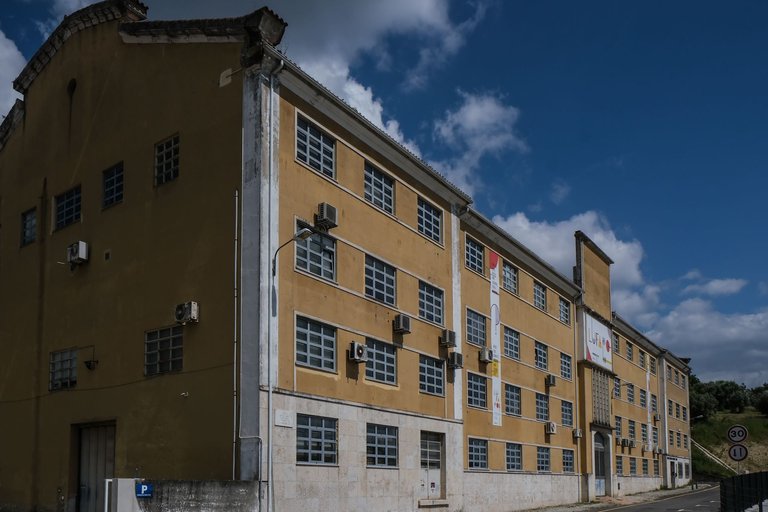
LUFAPO was a ceramics factory that operated until the 70s. It had around 1,000 workers and was one of the most important in the country, producing: domestic and decorative crockery, sanitary ware, tiles, mosaics and tiles.
The LUFAPO brand is built on the words LUsitânia, FAianças and POrcelanas. It emerged in 1940 as part of the reconversion of the Portuguese ceramics industry after World War II and was linked to the Bauhaus movement in Portugal. However, there was already a previous pottery on this site, dating from 1915/19. In 1929 it was acquired by Companhia das Fábricas Cerâmica Lusitânia, which would become Lufapo in the 40s.
Today it serves to boost the creative industries and promote incubation for various entities and workshops, calling itself LUFAPO HUB.

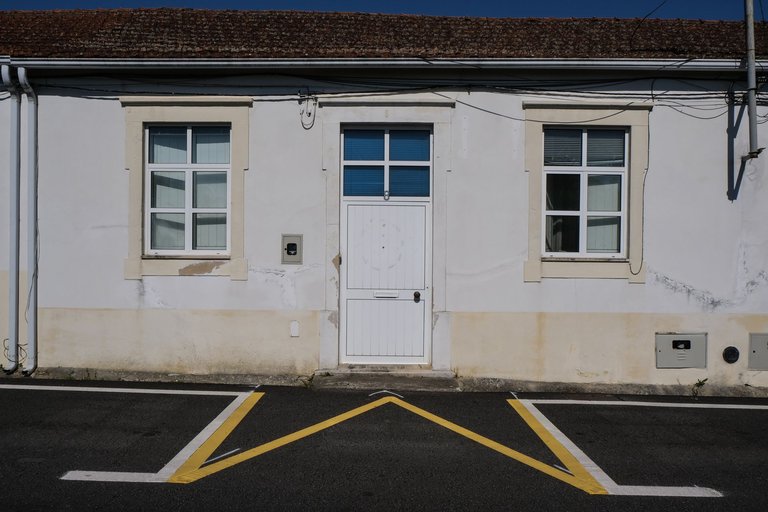
These houses followed a similar construction pattern, with traditional brickwork and simple, modest façades. They varied in size and number of rooms, with options ranging from two to three bedrooms, a living room, kitchen and bathroom. Some are dilapidated and abandoned, others have been remodeled and are currently habitable.
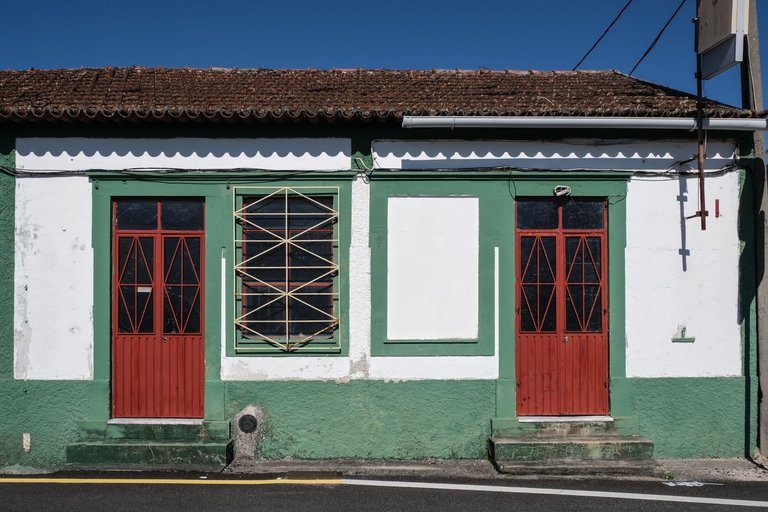
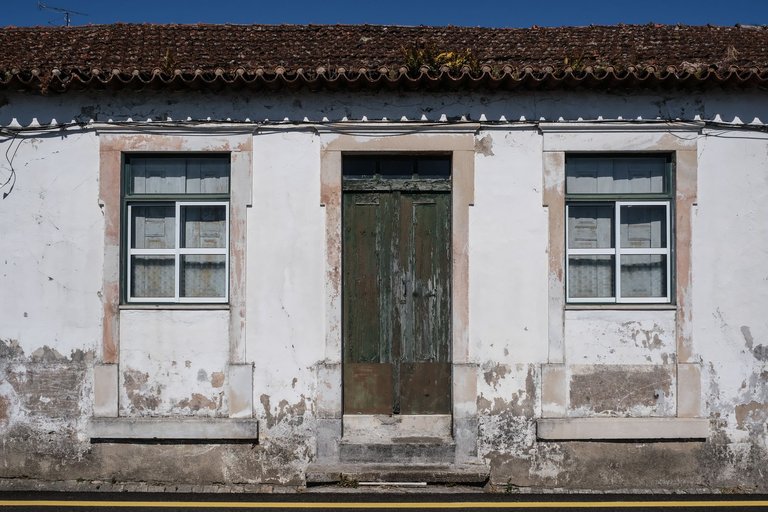
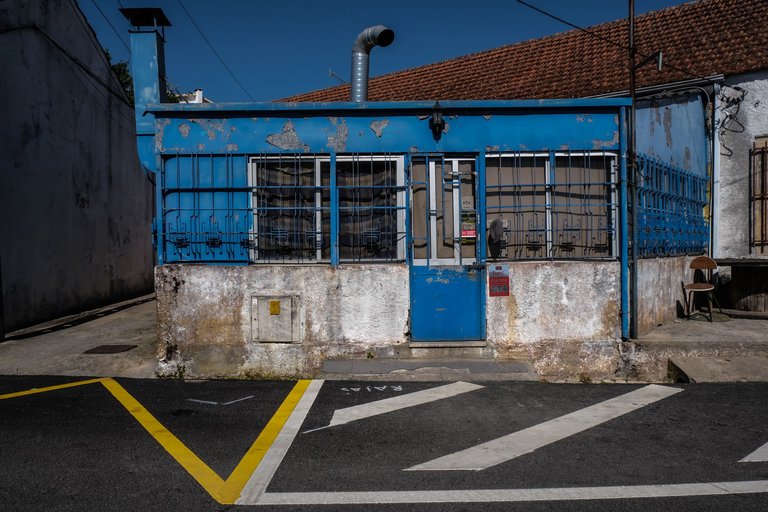
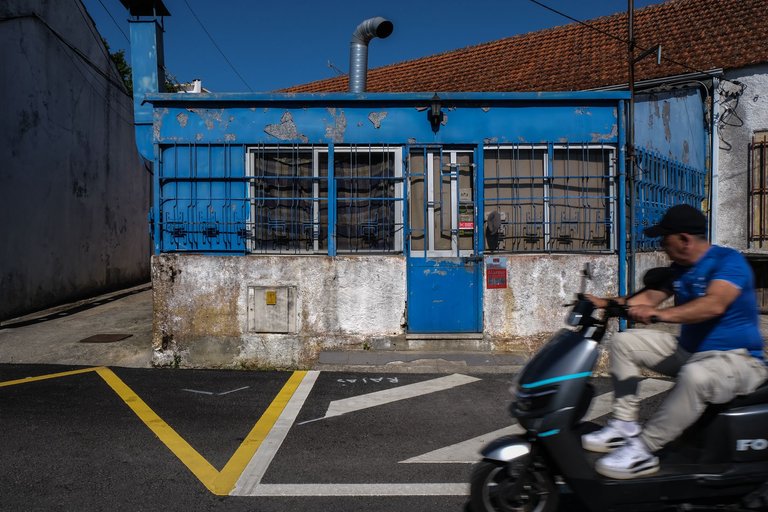

Info: Cover image made by VistaCreate
! [PORTUGUESE VERSION]
Casas de operários fabris
No passado era costume construir casas perto das fábricas como tentativa de resposta aos problemas de habitação derivados das exigências da Revolução Industrial.
ᅠ
Essas construções decorreram em dois momentos diferentes: primeiro, pelos donos das fábricas que queriam manter o controle sobre os trabalhadores e construíam eles as casas. No segundo momento, feito pelos empresários de construção civil que viam probabilidades de lucro construindo junto das fábricas.
ᅠ
Ter operários vivendo perto das fábricas poupava aos empresários o custo com o transporte desses trabalhadores – que passavam a ter seu dia a dia regido pelo apito da fábrica. Justificava também a baixa remuneração da mão de obra, já que os valores de aluguer eram descontados no pagamento. Outra vantagem para os patrões, a possibilidade de empregar mais de um membro da família.
ᅠ
Estas casas que vos apresento espelham bem esse legado histórico. Neste caso, localizadas do Bairro da LUFAPO. Situada junto de um dos bairros periféricos mais carismáticos de Coimbra (Portugal), o Bairro do Loreto.
ᅠ
A LUFAPO foi uma fábrica de cerâmica que laborou até à década de 70. Teve cerca de 1 000 operários e foi uma das mais importantes no país, produzindo: louças domésticas e decorativas, sanitários, azulejos, mosaicos e ladrilhos.
ᅠ
A marca LUFAPO é construída a partir das palavras LUsitânia, FAianças e POrcelanas. Surgiu no ano de 1940, na reconversão da indústria de cerâmica portuguesa após a II Guerra Mundial e esteve ligada ao movimento Bauhaus em Portugal. No entanto, já existia uma cerâmica anterior neste local, de 1915/19. Em 1929 foi adquirida pela Companhia das Fábricas Cerâmica Lusitânia, que se transformaria em Lufapo nos anos 40.
ᅠ
Hoje serve para dinamização das indústrias criativas e o fomento da incubação a diversas entidades e atelieres, intitulando-se LUFAPO HUB.
ᅠ
Estas casas seguiam um padrão construtivo semelhante, com alvenaria tradicional e fachadas simples e de modestas construções. Variavam em tamanho e número de quartos, com opções de dois a três quartos, uma sala, cozinha e wc. Algumas estão degradadas e abandonadas, outras foram remodeladas e são habitáveis atualmente.

A space dedicated to promoting initiatives that add value to the HIVE ecosystem. [Duration: Five of my posts. Approximately two weeks]

“Banner for Boost” campaign by @CryptoCompany and @PowerPaul deserves focus. More info.



https://www.reddit.com/r/urbandesign/comments/1lnbdug/houses_for_factory_workers/
This post has been shared on Reddit by @cryptoreforma through the HivePosh initiative.
I have a cousin in Germany, Köln that has a small abandoned factory on its communal neighborhoud garden. It's in a group of houses that connect in their backyard with a garden and the old factory
Wow!.... I had missed this wonderful post! 😕... Huge applause for you my friend!!!
!PIZZA
Hey friend, no problem. It happens to me sometimes too.🫣
Great article on factory worker housing. It’s inspiring to see practical solutions like these making life better for workers.
Thanks a lot 🤝
Obrigado por promover a Língua Portuguesa em suas postagens.
Vamos seguir fortalecendo a comunidade lusófona dentro da Hive.
These industrial places tend to be the ones with the most preservation in this rampant age of mass development. Unfortunately due to that development they're also the first target for demolition to make up new space because nobody really considers industrial zones as anything of historical importance.
Right near me there are 1940s, very early 1950s Soviet factories that are overgrown and with everything still remaining within. Already much of that area has been developed. But a few remain, living on borrowed time. I often think of what will happen to the little items inside; probably just destroyed.
I agree with your opinion. The desire for unbridled profit makes these sites full of memories be erased.
There is an interesting case of how development and repurposing space can be done well. There's a university in Luxembourg which is built in and around a former steelworks, so the blast furnaces and industrial history remains. The history is still there, albeit repurposed, but that's better than totally destroying the past entirely.
View more
https://bsky.app/profile/did:plc:aavowxh5qrb2y7fnpzpsddg7/post/3lsqjqsuofs2b
https://bsky.app/profile/did:plc:aavowxh5qrb2y7fnpzpsddg7/post/3lsqjqsuofs2b
https://bsky.app/profile/did:plc:aavowxh5qrb2y7fnpzpsddg7/post/3lsqjtxtuts2b
https://bsky.app/profile/did:plc:aavowxh5qrb2y7fnpzpsddg7/post/3lsqjtxtuts2b
The rewards earned on this comment will go to the author of the blog post.
Congratulations @cryptoreforma! You have completed the following achievement on the Hive blockchain And have been rewarded with New badge(s)
Your next target is to reach 300 posts.
You can view your badges on your board and compare yourself to others in the Ranking
If you no longer want to receive notifications, reply to this comment with the word
STOPCheck out our last posts:
[@PowerPaul:]
Hey buddy. Greetings! Because of your participation in the CryptoCompany community you received a vote from @CryptoCompany and its trail! Thank you for your participation in the "Banner for Boost" campaign & Hive a great day!
Here in Venezuela, large oil companies build housing close to the plants precisely to guarantee the assistance of their workers. These houses are equipped with all the comforts, but they are only for the active workers.
But this comfort can also be a commitment, a prison, a control by the bosses over the workers.
Congratulations @cryptoreforma! You received a personal badge!
Participate in the next Power Up month to get another one!
You can view your badges on your board and compare yourself to others in the Ranking
Check out our last posts:
Congratulations @cryptoreforma! You received a personal badge!
Wait until the end of Power Up Day to find out the size of your Power-Bee.
May the Hive Power be with you!
You can view your badges on your board and compare yourself to others in the Ranking
Check out our last posts:
@cryptoreforma, I paid out 1.275 HIVE and 0.000 HBD to reward 7 comments in this discussion thread.
$PIZZA slices delivered:
@jlinaresp(13/15) tipped @cryptoreforma
Come get MOONed!
Really interesting and curious, I found it a very striking fact about the factories and their workers.